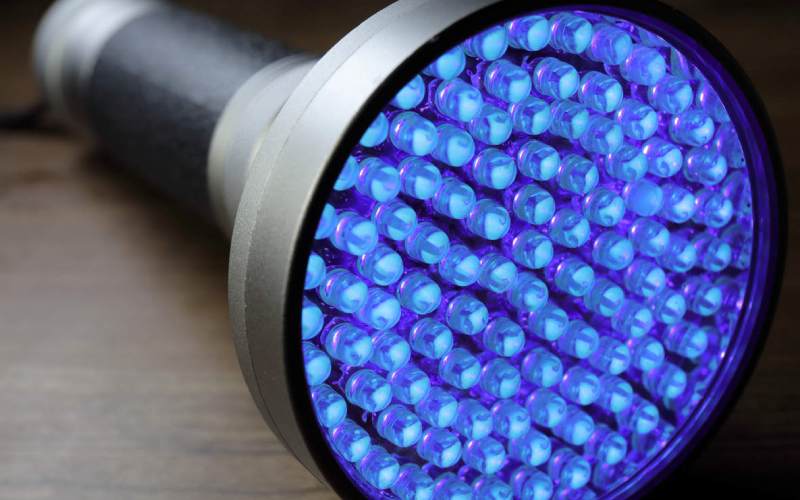
The World Health Organisation recommends use of at least 70 percent alcohol or sodium hypochlorite at 0.5 percent for disinfection of surfaces to prevent the risk of coronavirus transmission.
Spray booths and drones carrying disinfecting solutions have been used in Kenya and across the world to mitigate the spread of coronavirus in public places.
Disinfection of surfaces is necessitated by evidence that suggests the coronavirus may remain viable for hours to days on surfaces made from a variety of materials. Cleaning surfaces then disinfecting them is therefore a best practice when it comes to Covid-19 prevention.
But did you know that LED bulbs could be used to kill the new coronavirus?
Researchers from Tel Aviv University have proven that the coronavirus can be killed efficiently, quickly, and cheaply using ultraviolet (UV) light-emitting diodes (UV-LEDs).
In a study that was published in the Journal of Photochemistry and Photobiology B: Biology, the scientists discovered that it is quite simple to kill the coronavirus using LED bulbs that radiate ultraviolet light,” said Professor Hadas Mamane who led the research.
This method provides a more effective solution to disinfect passenger service vehicles like buses, trains, halls or waiting lobbies like the one at Likoni Ferry which need physical manpower and enough time for the chemical sprays to be effective.
At least 10 minutes contact time is required to kill the virus, but “disinfection systems based on LED bulbs can be installed in the ventilation system and air conditioner, for example, and sterilise the air sucked in and then emitted into the room,” says Professor Mamane.
How do the bulbs work?
UV irradiation is a common method for inactivation of pathogenic microorganisms like viruses. Inactivation by UV could occur via several mechanisms, among them damage to nucleic acids, proteins or internal production of oxygen radicals. The mechanism of UV inactivation is largely dependent on the wavelength used.
The study involved testing the optimal wavelength of killing the coronavirus and found that a wavelength of 285 nm was almost as efficient in disinfecting the virus as a wavelength of 265 nm, destroying more than 99.9 per cent of the virus in less than half a minute. This was an important finding because 285 nm LED bulbs are lower in price and are readily available compared to 265 nm bulbs.
“We killed the viruses using cheaper and more readily available LED bulbs, which consume little energy and do not contain mercury like regular bulbs,” said the lead researcher.
This method is however still dangerous to use for disinfecting surfaces in homes due to the harmful effects of a person being exposed to UV light. Scientists must first design a system that will ensure users are not exposed but Professor Mamane is optimistic that the technology will be available for use in the near future.
As technology advances, there are hopes of necessary adjustments that will install the bulbs in robotic systems or air conditioning, vacuum and water systems, hence making it possible to efficiently disinfect large surfaces and spaces.
Stay informed. Subscribe to our newsletter
 The Standard Group Plc is a
multi-media organization with investments in media platforms spanning newspaper
print operations, television, radio broadcasting, digital and online services. The
Standard Group is recognized as a leading multi-media house in Kenya with a key
influence in matters of national and international interest.
The Standard Group Plc is a
multi-media organization with investments in media platforms spanning newspaper
print operations, television, radio broadcasting, digital and online services. The
Standard Group is recognized as a leading multi-media house in Kenya with a key
influence in matters of national and international interest.
 The Standard Group Plc is a
multi-media organization with investments in media platforms spanning newspaper
print operations, television, radio broadcasting, digital and online services. The
Standard Group is recognized as a leading multi-media house in Kenya with a key
influence in matters of national and international interest.
The Standard Group Plc is a
multi-media organization with investments in media platforms spanning newspaper
print operations, television, radio broadcasting, digital and online services. The
Standard Group is recognized as a leading multi-media house in Kenya with a key
influence in matters of national and international interest.









